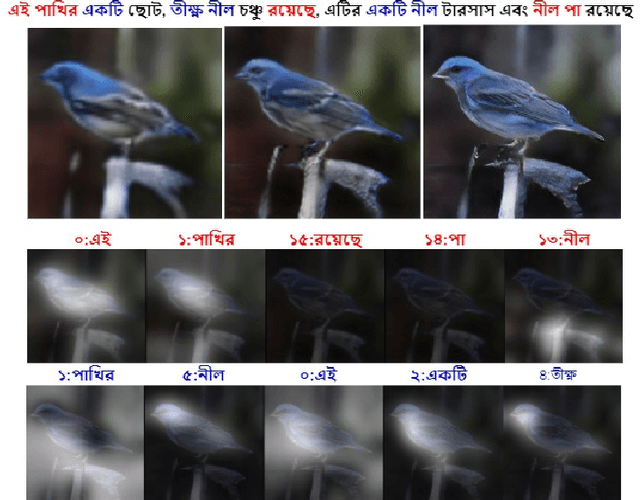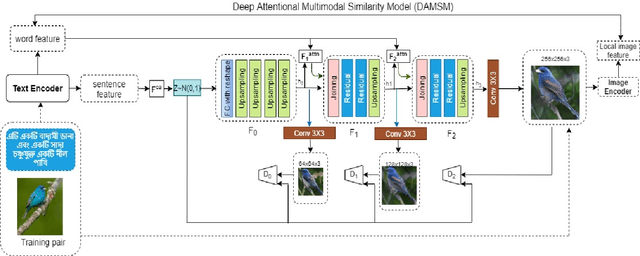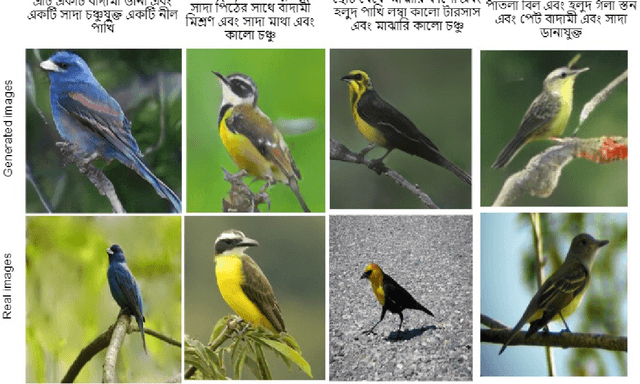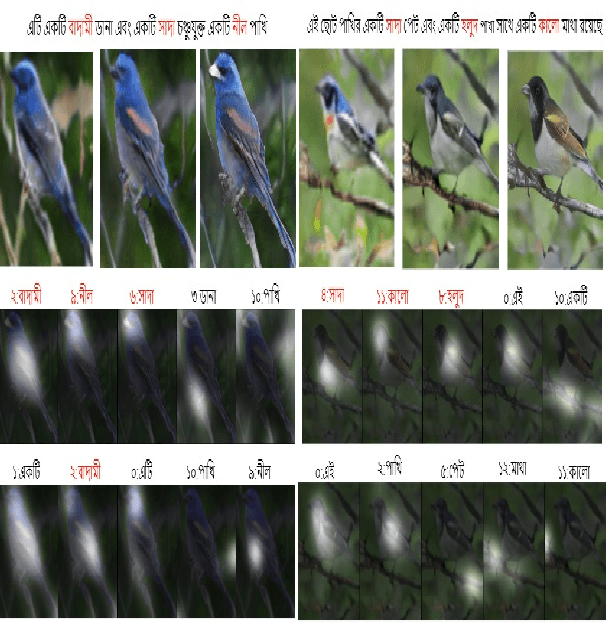Md Abdullah Al Nasim
AI-Driven Approaches for Optimizing Power Consumption: A Comprehensive Survey
Jun 22, 2024Abstract:Reduced environmental effect, lower operating costs, and a stable and sustainable energy supply for current and future generations are the main reasons why power optimization is important. Power optimization makes ensuring that energy is used more effectively, cutting down on waste and optimizing the utilization of resources.In today's world, power optimization and artificial intelligence (AI) integration are essential to changing the way energy is produced, used, and distributed. Real-time monitoring and analysis of power usage trends is made possible by AI-driven algorithms and predictive analytics, which enable dynamic modifications to effectively satisfy demand. Efficiency and sustainability are increased when power consumption is optimized in different sectors thanks to the use of intelligent systems. This survey paper comprises an extensive review of the several AI techniques used for power optimization as well as a methodical analysis of the literature for the study of various intelligent system application domains across different disciplines of power consumption.This literature review identifies the performance and outcomes of 17 different research methods by assessing them, and it aims to distill valuable insights into their strengths and limitations. Furthermore, this article outlines future directions in the integration of AI for power consumption optimization.
Fine-Grained Image Generation from Bangla Text Description using Attentional Generative Adversarial Network
Sep 24, 2021



Abstract:Generating fine-grained, realistic images from text has many applications in the visual and semantic realm. Considering that, we propose Bangla Attentional Generative Adversarial Network (AttnGAN) that allows intensified, multi-stage processing for high-resolution Bangla text-to-image generation. Our model can integrate the most specific details at different sub-regions of the image. We distinctively concentrate on the relevant words in the natural language description. This framework has achieved a better inception score on the CUB dataset. For the first time, a fine-grained image is generated from Bangla text using attentional GAN. Bangla has achieved 7th position among 100 most spoken languages. This inspires us to explicitly focus on this language, which will ensure the inevitable need of many people. Moreover, Bangla has a more complex syntactic structure and less natural language processing resource that validates our work more.
An Automated Approach for the Recognition of Bengali License Plates
Sep 01, 2021



Abstract:Automatic Number Plate Recognition (ALPR) is a system for automatically identifying the license plates of any vehicle. This process is important for tracking, ticketing, and any billing system, among other things. With the use of information and communication technology (ICT), all systems are being automated, including the vehicle tracking system. This study proposes a hybrid method for detecting license plates using characters from them. Our captured image information was used for the recognition procedure in Bangladeshi vehicles, which is the topic of this study. Here, for license plate detection, the YOLO model was used where 81% was correctly predicted. And then, for license plate segmentation, Otsu's Thresholding was used and eventually, for character recognition, the CNN model was applied. This model will allow the vehicle's automated license plate detection system to avoid any misuse.
 Add to Chrome
Add to Chrome Add to Firefox
Add to Firefox Add to Edge
Add to Edge